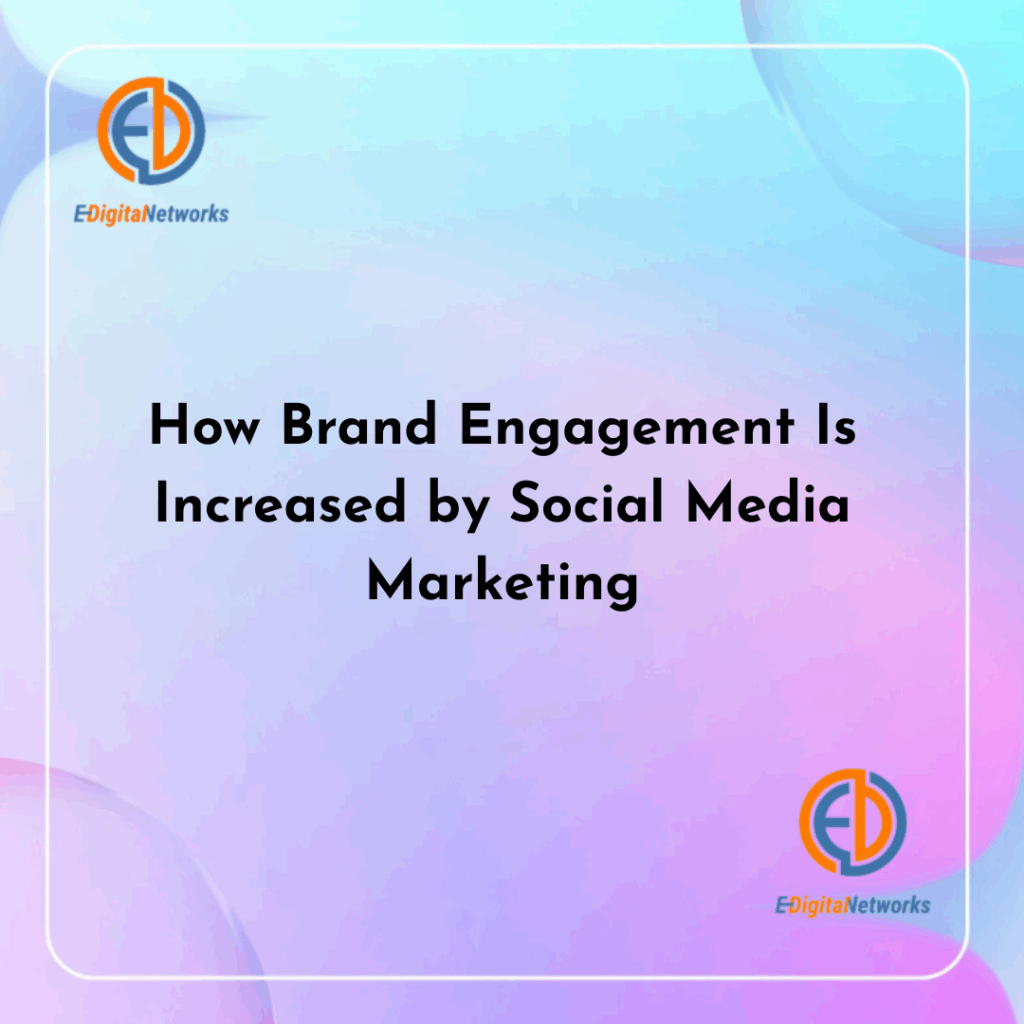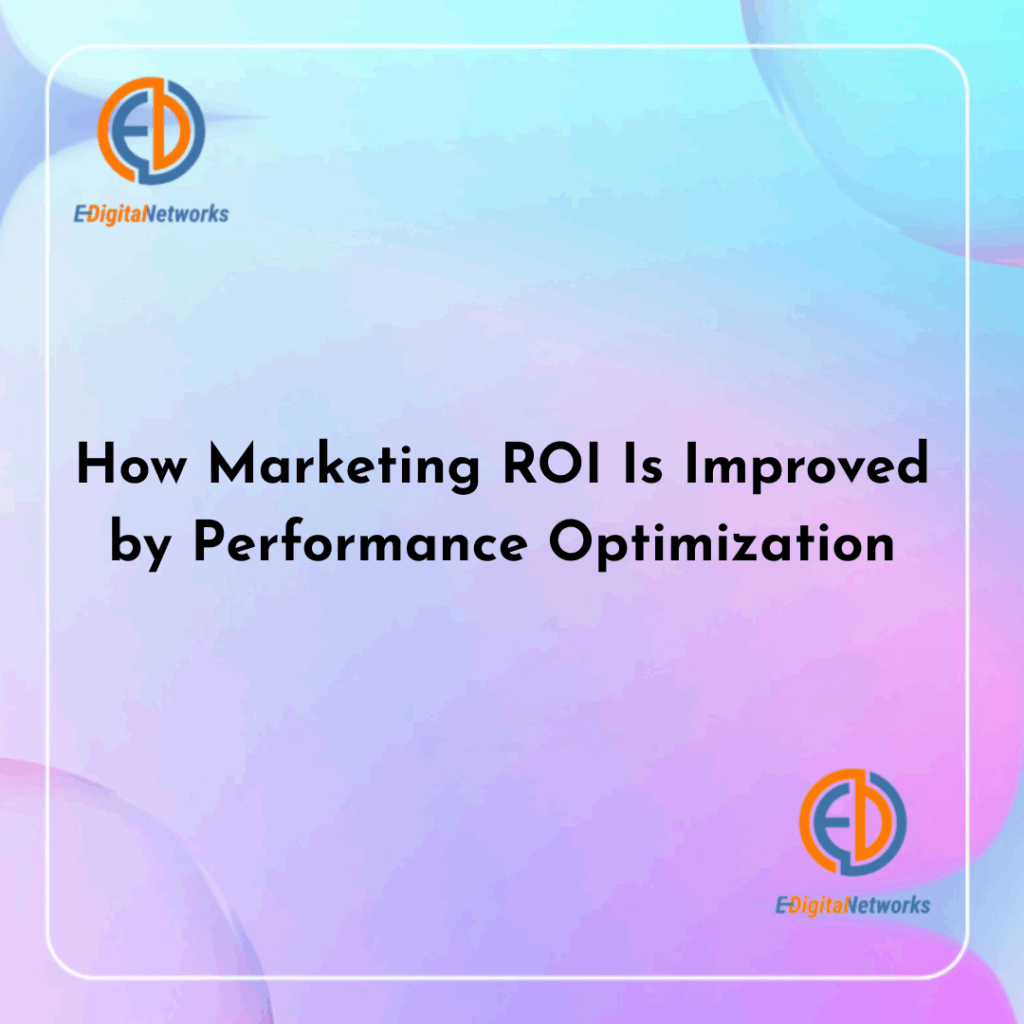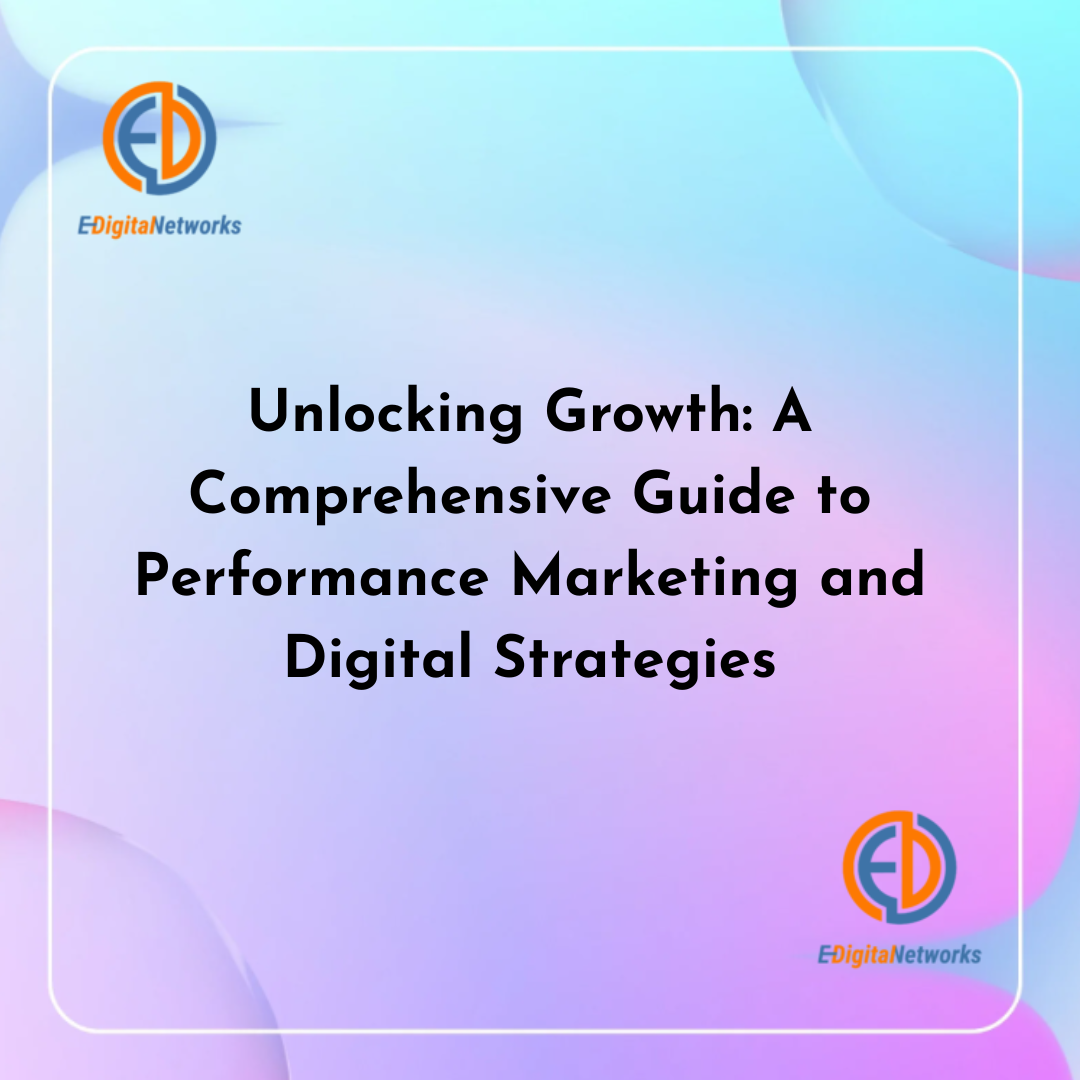Businesses want to stand out and establish a strong connection with their audience in the quickly changing digital market. Traditional marketing has evolved into the dynamic and multidimensional discipline of digital marketing as a result of the development of the internet and mobile technologies. Brands must combine a number of tactics that maximize their online visibility and provide quantifiable outcomes in order to effectively traverse this market. Search engine optimization (SEO), social media marketing, and performance marketing are some of the most effective strategies. In order to boost exposure, engagement, and conversions, each of these is essential.
By concentrating on results, performance marketing makes sure that every marketing dollar is converted into observable consequences. With this strategy, advertisers can monitor campaigns carefully and make real-time adjustments to optimize return on investment. In addition, SEO raises a website‘s organic search ranks, which makes it simpler for people looking for related goods or services to locate it. Social media marketing, on the other hand, uses sites like Facebook, Instagram, and LinkedIn to interact with audiences by displaying relevant content and adverts.
Practices including pay-per-click advertising, online reputation management (ORM), and content marketing are adding layers to this digital ecosystem. Each component strengthens the others to form a comprehensive plan that drives company development. This blog explores five essential elements of digital marketing, outlining their importance, connections, and best practices for maximizing effectiveness. Knowing these ideas will enable you to create campaigns that not only grab attention but also turn prospects into devoted clients, regardless of your level of experience as a marketer or small company owner.
Performance Marketing: What Is It and Why Does It Matter?
Advertisers that use performance marketing, which is results-driven, only pay for particular activities like clicks, leads, or purchases. Because it offers accountability and transparency, this strategy appeals to companies looking for quantifiable results. Integrating data analytics continuously optimizes campaigns and ensures that marketing expenditures are directed toward the channels that yield the highest returns.
Performance marketing places more emphasis on focused efforts and ongoing improvement than traditional marketing, which depends on widespread exposure. It increases efficiency and effectiveness by accurately tailoring messaging using techniques like target segmentation and conversion monitoring. In the competitive world of today, when budgets need to be supported by measurable outcomes, this strategy is crucial.
Search Engine Optimization’s Function in Digital Strategy
The practice of making a website more visible on search engines like Google is known as search engine optimization or SEO. SEO helps websites rank better for terms that potential buyers use by improving technological components, content, and structure. Generally speaking, higher ranks result in more organic traffic, which is beneficial as it is sustainable and reasonably priced.
In addition to off-page tactics like link building and social media signals, SEO also includes on-page tactics like keyword research, meta-tag optimization, and content production. Additionally, it necessitates consideration of mobile adaptability and user experience. Businesses may raise their website’s overall performance and search rankings by improving these elements.

How Brand Engagement Is Increased by Social Media Marketing
Social media marketing promotes community involvement and brand recognition by using platforms where millions of people connect on a regular basis. Social media facilitates two-way communication, which enables firms to listen to, react to, and adjust to consumer input in real time, in contrast to one-way advertising.
Social media marketing may increase reach and reputation through the use of influencers, targeted advertising campaigns, and the creation of shareable content. Additionally, it offers useful insights through analytics tools that assist marketers in comprehending the preferences and behavior of their audience, allowing them to further refine their campaigns for improved outcomes.
Pay Per Click: Optimizing Instant Visibility
Marketers may publish advertisements on social media sites or search engines and only pay when people click on them thanks to pay per click (PPC) advertising. In addition to providing instant visibility, this strategy may be precisely adjusted to target certain regions, interests, and demographics.
For PPC campaigns to generate clicks at a reasonable cost, proper keyword selection and persuasive ad text are essential. Maintaining profitability also requires constant observation and bid modifications. PPC offers a significant improvement in the overall efficacy of digital marketing when paired with SEO and social media initiatives.
Online Reputation Management’s (ORM) Significance
A brand’s reputation has the power to create or break its success in the digital era. Online reputation management, or ORM, is the process of keeping an eye on and affecting a company’s online reputation. Maintaining a favorable image involves controlling search results, social media mentions, and reviews.
Customer trust is increased, the impact of unfavorable reviews is lessened, and brand loyalty is reinforced through effective ORM. It frequently entails proactive content production, prompt resolution of issues, and techniques to draw attention to gratifying testimonies. By promoting conversions and recurring business, preserving a solid online reputation supports other marketing initiatives.
Increasing Authority and Engagement with Content Marketing
In order to draw in and hold on to a precisely defined audience, content marketing focuses on producing information that is meaningful, pertinent, and consistent. By educating, entertaining, or informing potential consumers, this tactic fosters trust and positions the brand as an expert in its industry.
E-books, blogs, videos, and infographics are examples of popular content forms that help with social media and SEO. Effective content nurtures leads through the buyer’s journey, promotes sharing, and boosts organic traffic. The foundation of the majority of digital marketing strategies is high-quality content, which has lasting effects.

How Marketing ROI Is Improved by Performance Optimization
In order to optimize profits, performance optimization is the ongoing process of data analysis, concept testing, and campaign refinement. It covers all aspect of digital marketing, from enhancing user experience and website speed to adjusting landing pages and ad creatives.
Marketers may determine which techniques are most effective and spend resources appropriately by utilizing analytics systems and A/B testing. This iterative process guarantees that marketing funds are used effectively, cutting waste and producing greater results. Optimizing performance is essential for staying competitive in the ever evolving digital market.
Including Digital Marketing Channels in a Coherent Approach
To produce a unified brand experience, a successful digital marketing strategy combines several channels, including SEO, social media, PPC, ORM, and content marketing. Reach and engagement are increased by the multiplier effect created by each channel supporting the others.
For example, PPC advertising may target consumers found by SEO insights, and social media sharing of SEO-created content can boost exposure. A favorable environment for these encounters is guaranteed by ORM initiatives. Channel combination improves touchpoints across the consumer journey and guarantees consistent message.
Assessing Achievement: Crucial Indicators to Monitor
Monitoring key performance indicators (KPIs) that are in line with corporate objectives is crucial for determining how effective digital marketing is. Campaign performance is revealed by metrics such as organic traffic, click-through rate, cost per acquisition, and conversion rate.
Marketers are able to make proactive strategy adjustments through regular reporting and data analysis. Budgets may be optimized and efforts can be concentrated where they are most needed when it is known which channels provide the greatest value. Clear measurement directs future efforts and increases trust in marketing expenditures.
Getting Ready for Digital Marketing’s Future
The environment of digital marketing is always changing due to new platforms, technology, and customer trends. Adaptability, ongoing education, and receptivity to new ideas are necessary to stay ahead. Future tactics will be influenced by emerging trends like voice search optimization, immersive content, and AI-powered customization.
Companies will be in a better position to draw in customers and create enduring connections if they adopt a data-driven approach and include a variety of digital marketing strategies. Resilience and continuous expansion in a competitive environment are ensured by combining performance marketing investments with comprehensive digital strategies.
In conclusion
A wide range of tactics are included in digital marketing, which combines to increase brand awareness and produce desired outcomes. Businesses may create campaigns that are both successful and efficient by knowing the subtleties of performance marketing, search engine optimization, social media marketing, and similar fields. Marketers may increase return on investment and establish deep connections with their audience by concentrating on data-driven optimization and combining several channels. Gaining proficiency with these technologies is crucial for succeeding in the modern marketplace, where success is frequently determined by one’s digital presence.

